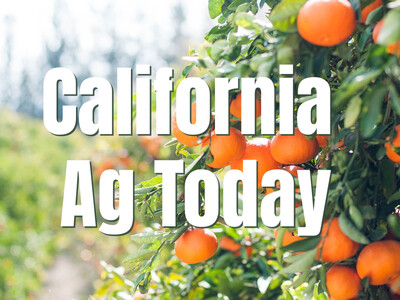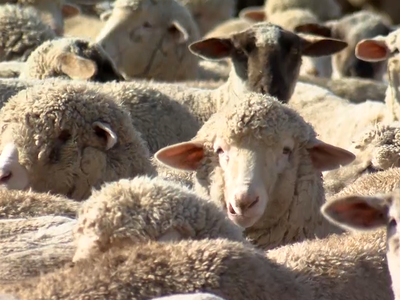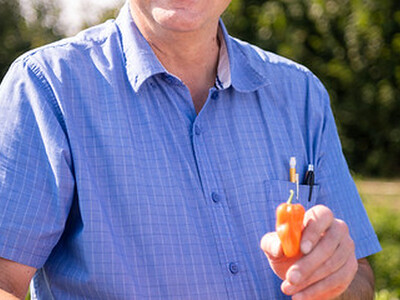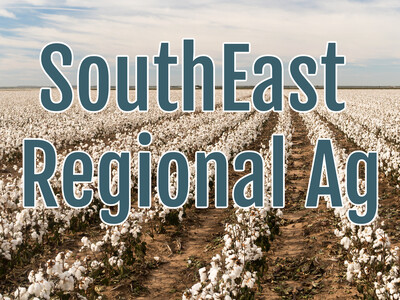Wildland-Urban Interface
(From the Idaho Farm Bureau)A new U.S. Forest Service report shows the continued expansion of housing development near forests, an area referred to as the Wildland-Urban Interface (WUI), with direct implications for the cost of wildfire fighting. The wildland-urban interface (WUI) is the area where structures and other human development meet or intermingle with undeveloped wildland, and it is where wildfires have their greatest impacts on people. Hence the WUI is important for wildfire management. Increasing densities of people and infrastructure in the WUI makes wildfire management more complex and requires more firefighting assets to ensure an appropriate, safe and effective response, which in turn drives up the cost of fighting wildfires. Expansion of the WUI has direct implications for wildfire management as more of the Forest Service's resources are spent each year to provide the firefighters, aircraft and other assets necessary to protect lives, property and natural resources in the wildland urban interface regions. In addition, overall fire seasons have grown longer, and the frequency, size and severity of wildland fires has increased.
In recent decades, research has shown a steady increase in the area that is part of the WUI, as documented and visually depicted in a new publication titled, " The 2010 Wildland-Urban Interface of the Conterminous United States." The percent of homes in the WUI increased by over five percent between 2000 and 2010 (latest data available). As of 2010, the WUI of the lower 48 states includes about 44 million houses, equivalent to one in every three houses in the country, with the highest concentrations of houses in the WUI in California, Texas and Florida. The publication includes new, high-resolution maps showing housing density, land ownership, land cover and wildland vegetation cover for each state.
"The expanding wildland urban interface is a critical issue for wildland firefighting and for the conservation of our forests," said Robert Bonnie. "More people, homes, and infrastructure are at risk than ever before. As the WUI grows, our fire fighters must commit greater resources to protect homes and property which dramatically increases the cost of fire suppression."













